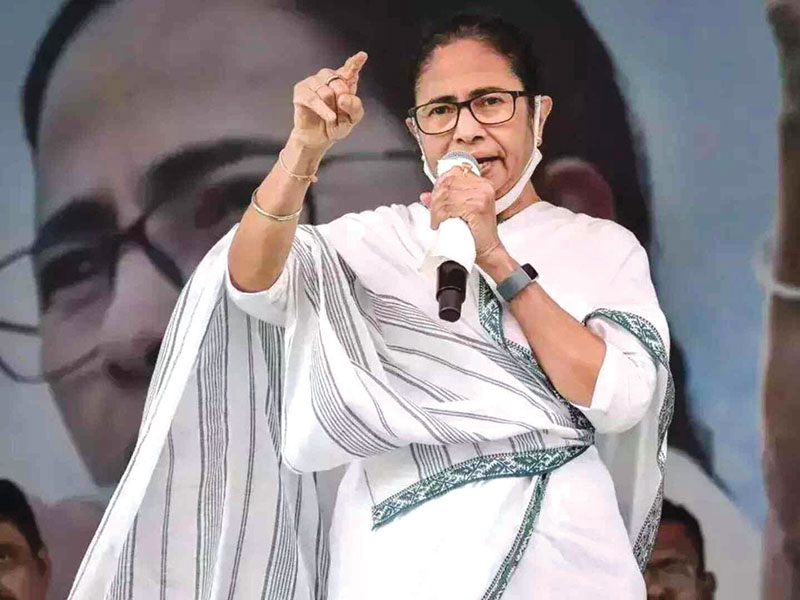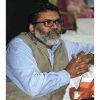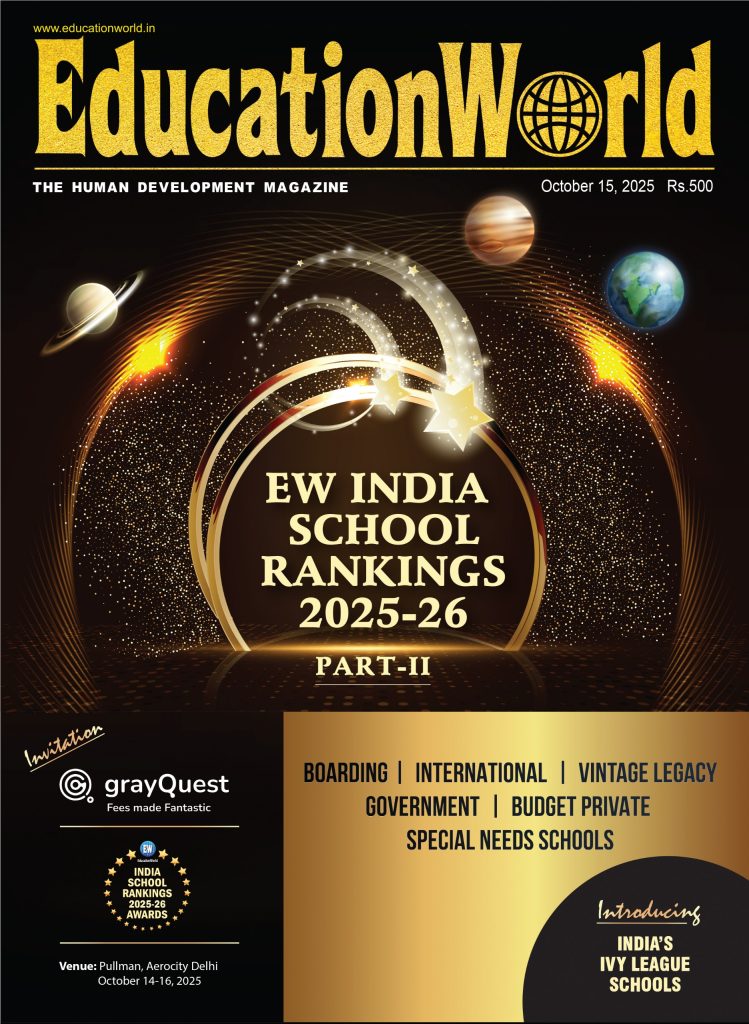West Bengal: Case for barefoot doctors
Baishali Mukherjee (Kolkata)
A month after writing to Prime Minister Narendra Modi urging him to abolish the National Entrance-cum-Eligibility Test (NEET) for admission into medical colleges countrywide, on July 24 the state’s cabinet headed by chief minister Mamata Banerjee passed an official resolution calling for the abolition of NEET. This official resolution came a day after the Supreme Court dismissed all writ petitions seeking cancellation and re-test of NEET-UG 2024.
Evidently, Banerjee drew inspiration from the Tamil Nadu legislative assembly which unanimously passed a resolution urging the Centre to scrap NEET. On July 25, Karnataka became the third state — after TN and Bengal — to officially request exemption from NEET. The resolution to abolish NEET — a single Central government exam — is being interpreted as demand for state governments to control admissions into medical colleges within their jurisdiction.
NEET-UG was first proposed in 2012 to eliminate the burden of school-leavers aspiring to become medical practitioners having to write multiple exams conducted by states in the hope of being admitted into one or other college, and more importantly to standardise numerous entrance exams. The suspicion was that some state governments were setting the admission bar too low and question papers were set to favour students from state board schools.
On the other hand, state governments contend that the common NEET-UG exam is based on the syllabus of the Central Board of Secondary Education (CBSE), a subsidiary of the Union education ministry which has a mere 28,960 schools affiliated with it. This places students from the country’s other 66 school-leaving exam boards at a disadvantage.
In this context, it’s pertinent to note that prior to 2012, CBSE used to conduct an All India Pre-Medical Test (AIPMT) for admission into Central government medical colleges, while states conducted their own tests for medical colleges under their jurisdiction. In 2012, the UPA government at the Centre introduced the one-country, one-exam, NEET-UG for admission into all 706 medical colleges countrywide. After more than 80 writ petitions were filed opposing NEET-UG, in July, 2013, then Chief Justice of India, Altamas Kabir struck down NEET-UG as the common medical entrance examination. Challenging this judgement, the Medical Council of India (MCI) filed a review petition and on April 28, 2016, the Supreme Court upheld NEET-UG as the sole entrance exam for admission into medical colleges countrywide.
However, ab initio the Trinamool Congress government in West Bengal has been protesting that the centrally conducted NEET poses major challenges for students from Bengali-medium schools of the state. As a result, MCI agreed to NEET-UG being written in Telugu, Assamese, Gujarati, Marathi, Tamil and Bengali.
In 2017, question papers were set in different languages for NEET-UG. But immediately, protests surfaced that the Bengali language question paper was “tougher” than the Hindi language paper. The TMC alleged that the agenda of the BJP government at the Centre was to make sure that Bengali-medium students ranked lower, or not at all in the NEET merit list. Chief Minister Mamata Banerjee, who was never enthusiastic about NEET-UG in the first instance, took “very serious note” of this charge describing it as “an attack on the merit of students of Bengal”.
In an essay published in Scroll some years ago, Harvard alum and faculty at the Indian Statistical Institute, Kolkata, Garga Chatterjee, wrote: “NEET plans to not only destroy the dream of poor, rural, non-Hindi mother-language medium students of becoming doctors, it also wants to create a cadre of doctors who want urban and foreign careers, with lesser ties to soil and the realities of rural areas, where two-thirds of the country’s population resides. This bias towards urban, rich, Anglo-Hindi students affects not only aspiring doctors but the health-care system as well. India finds it hard to get qualified doctors for rural postings. An urban rich bias will further destroy the system irreparably. The only beneficiaries will be the private nursing homes and big health-care chains.”
Undoubtedly there is some merit in this point of view. It’s pertinent to note that the number of doctors of Indian origin practising in the UK, US and western countries is legion. Most of them have received highly subsidised medical education funded by Indian (direct and indirect) taxpayers. Perhaps there is a case for graduating barefoot native medical practitioners.


















Add comment